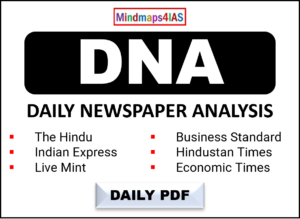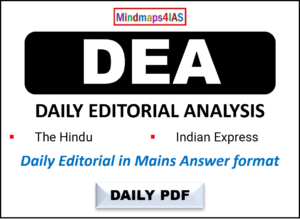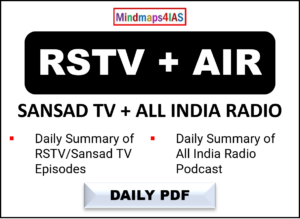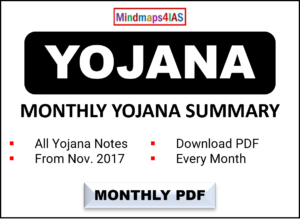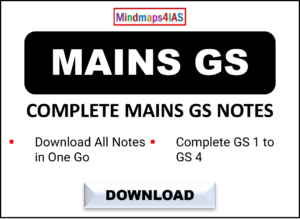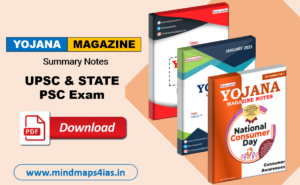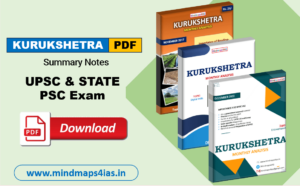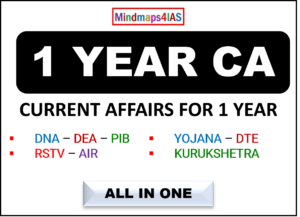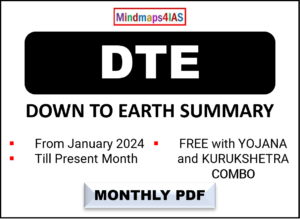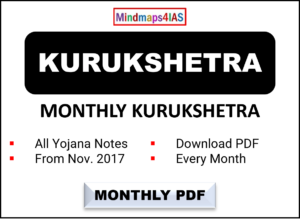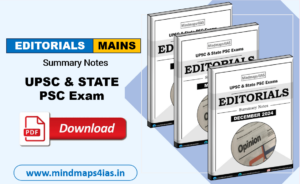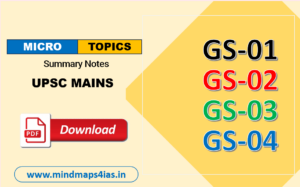UPSC Mains-2021 – General Studies 1 Trend Analysis
| No. | Question | Why UPSC Asked this question? |
| 01 | Evaluate the nature of the Bhakti Literature and its contribution to Indian culture. (Answer in 150 words) 10 |
|
| 02 | Trace the rise and growth of socio-religious reform movements with special reference to Young Bengal and Brahmo Samaj. (Answer in 150 words) 10 |
|
| 03 | Assess the main administrative issues and socio-cultural problems in the integration process of Indian Princely States. (Answer in 150 words) 10 |
|
| 04 | Differentiate the causes of landslides in the Himalayan region and Western Ghats. (Answer in 150 words) 10 |
|
| 05 | Despite India being one of the countries of the Gondwanaland, its mining industry contributes much less to its Gross Domestic Product(GDP) in percentage. Discuss.(Answer in 150 words) 10 |
|
| 06 | what are the environmental implications of the reclamation of the water bodies into urban land use? Explain with examples. (Answer in 150 words) 10 |
|
| 07 | Mention the global occurrence of volcanic eruptions in 2021 and their impact on regional environment. (Answer in 150 words) 10 |
|
| 08 | Why is India considered as a sub-continent? Elaborate your answer. (Answer in 150 words) 10 |
|
| 09 | Examine the uniqueness of tribal knowledge system when compared with mainstream knowledge and cultural systems. (Answer in 150 words) 10 |
|
| 10 | Examine the role of ‘Gig Economy’ in the process of empowerment of women in India. (Answer in 150 words) 10 |
|
| 11 | To what extent did the role of the moderates prepare a base for the wider freedom movement? Comment. (Answer in 250 words) 15 |
|
| 12 | Bring out the constructive programmes of Mahatma Gandhi during Non-Cooperation Movement and Civil Disobedience Movement. (Answer in 250 words) 15 |
|
| 13 | ” There arose a serious challenge to the Democratic State System between the two World Wars.” Evaluate the statement. (Answer in 250 words) 15 |
|
| 14 | Briefly mention the alignment of major mountain ranges of the world and explain their impact on local weather conditions, with examples. (Answer in 250 words) 15 |
|
| 15 | How do the melting of the Arctic ice and glaciers of the Antarctic differently affect the weather patterns and human activities on the Earth? Explain. (Answer in 250 words) 15 |
|
| 16 | Discuss the multi-dimensional implications of uneven distribution of mineral oil in the world. (Answer in 250 words) 15 |
|
| 17 | What are the main socio-economic implications arising out of the development of IT industries in major cities of India? (Answer in 250 words) 15 |
|
| 18 | Discuss the main objectives of Population Education and point out the measures to achieve them in India in detail. (Answer in 250 words) 15 |
|
| 19 | What is Cryptocurrency? How does it affect global society? Has it been affecting Indian society also?(Answer in 250 words) 15 |
|
| 20 | How does Indian society maintain continuity in traditional social values? Enumerate the changes taking place in it.(Answer in 250 words) 15 |
|

